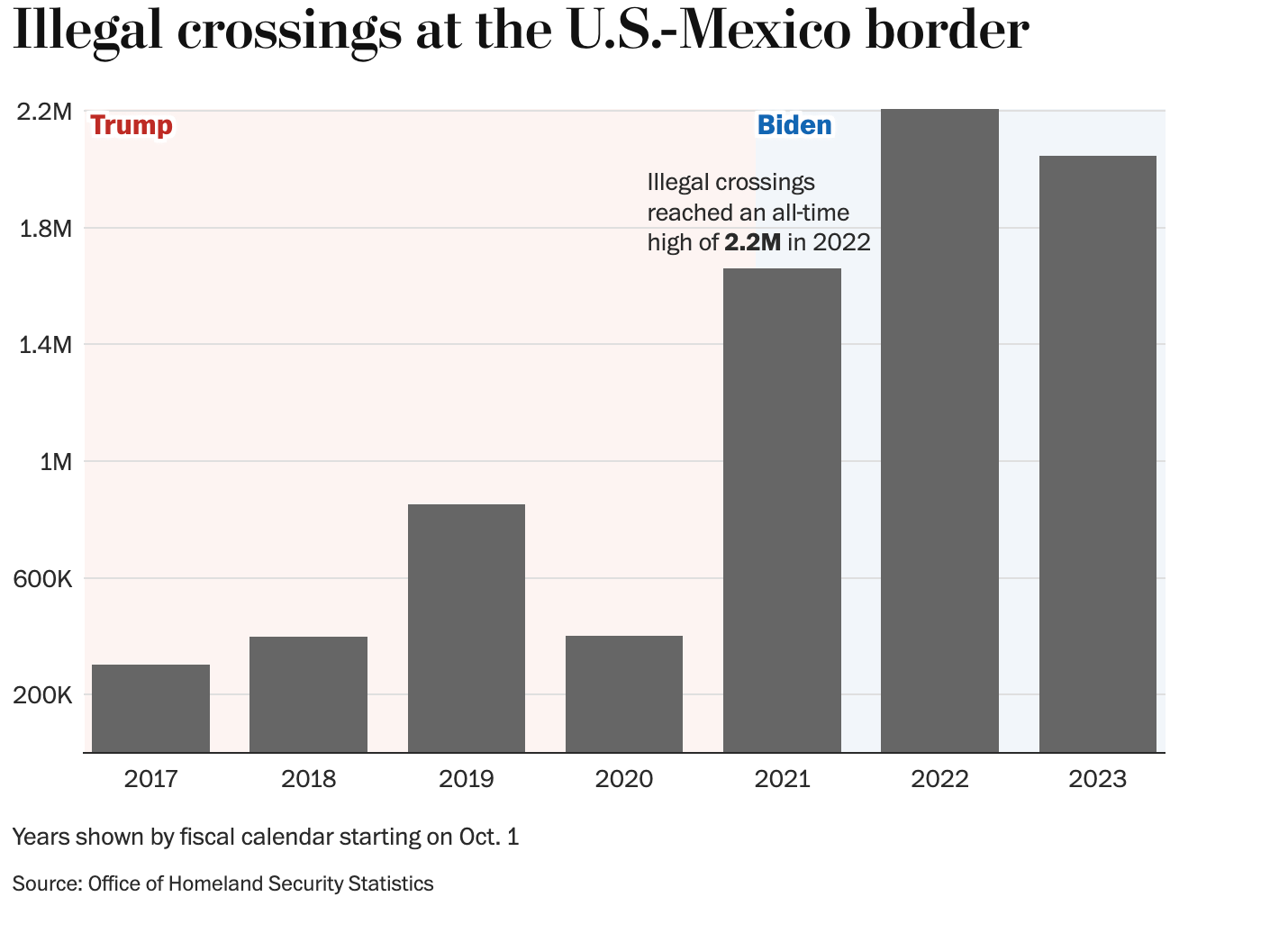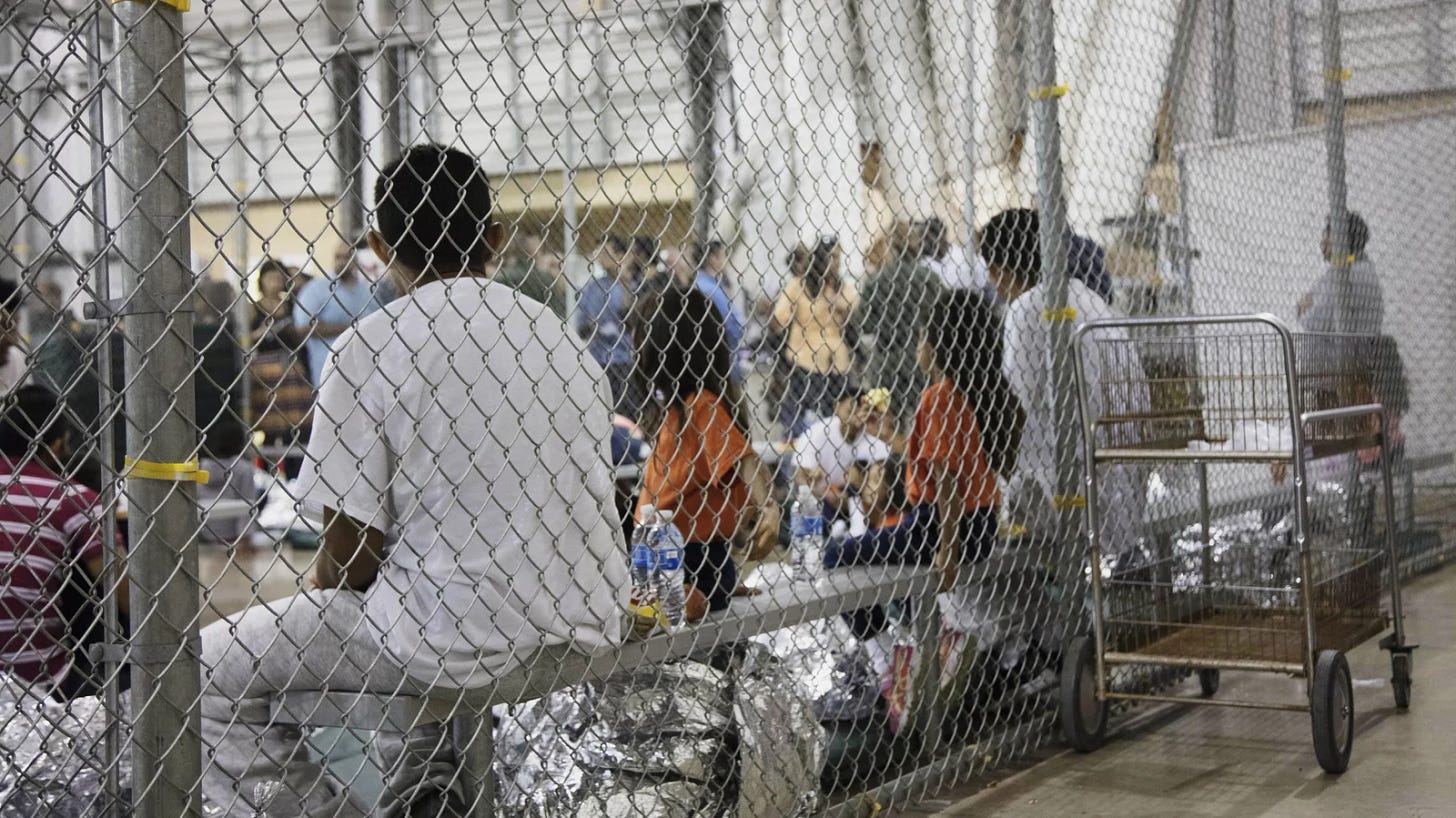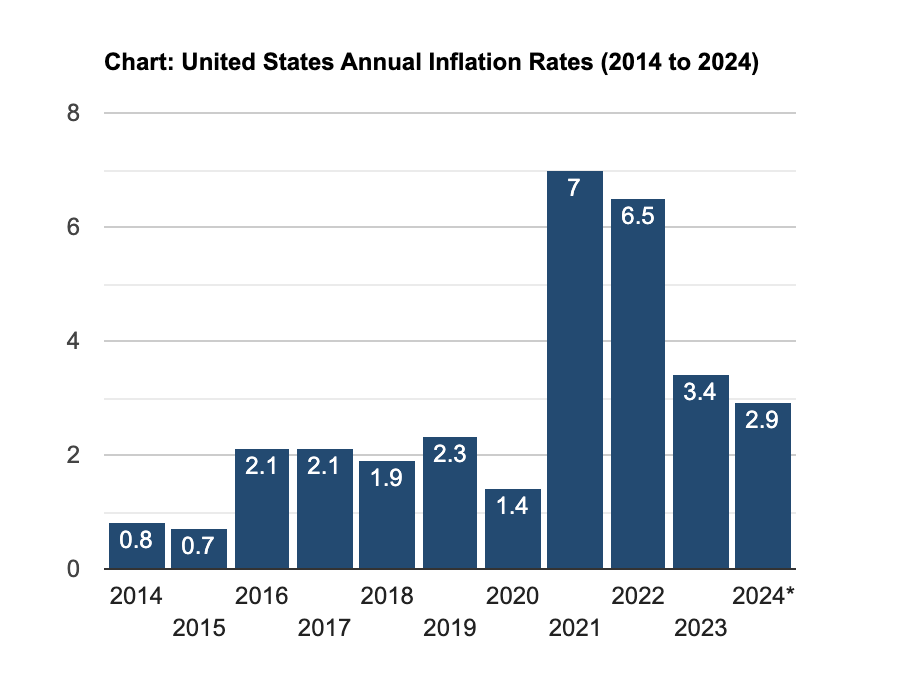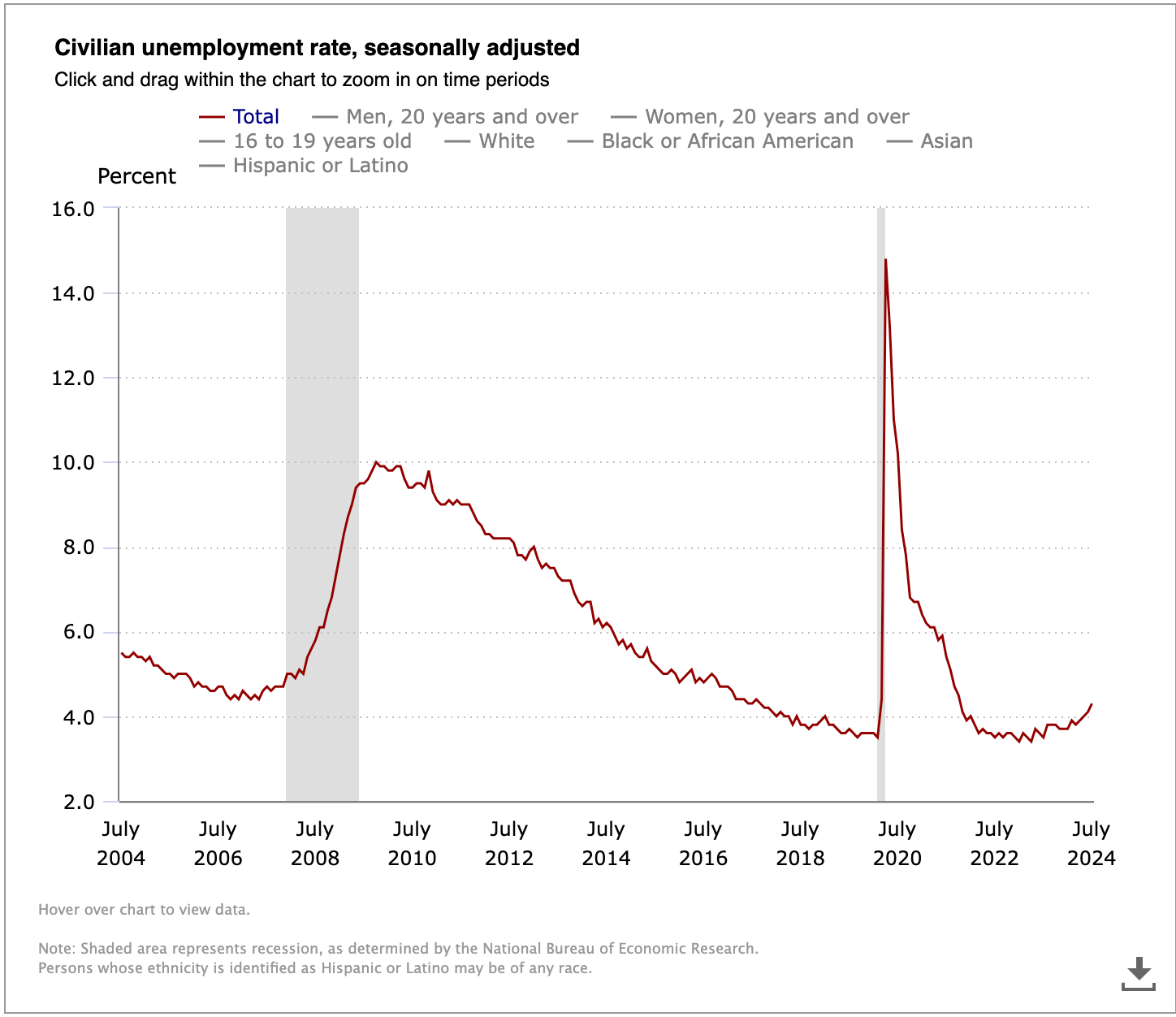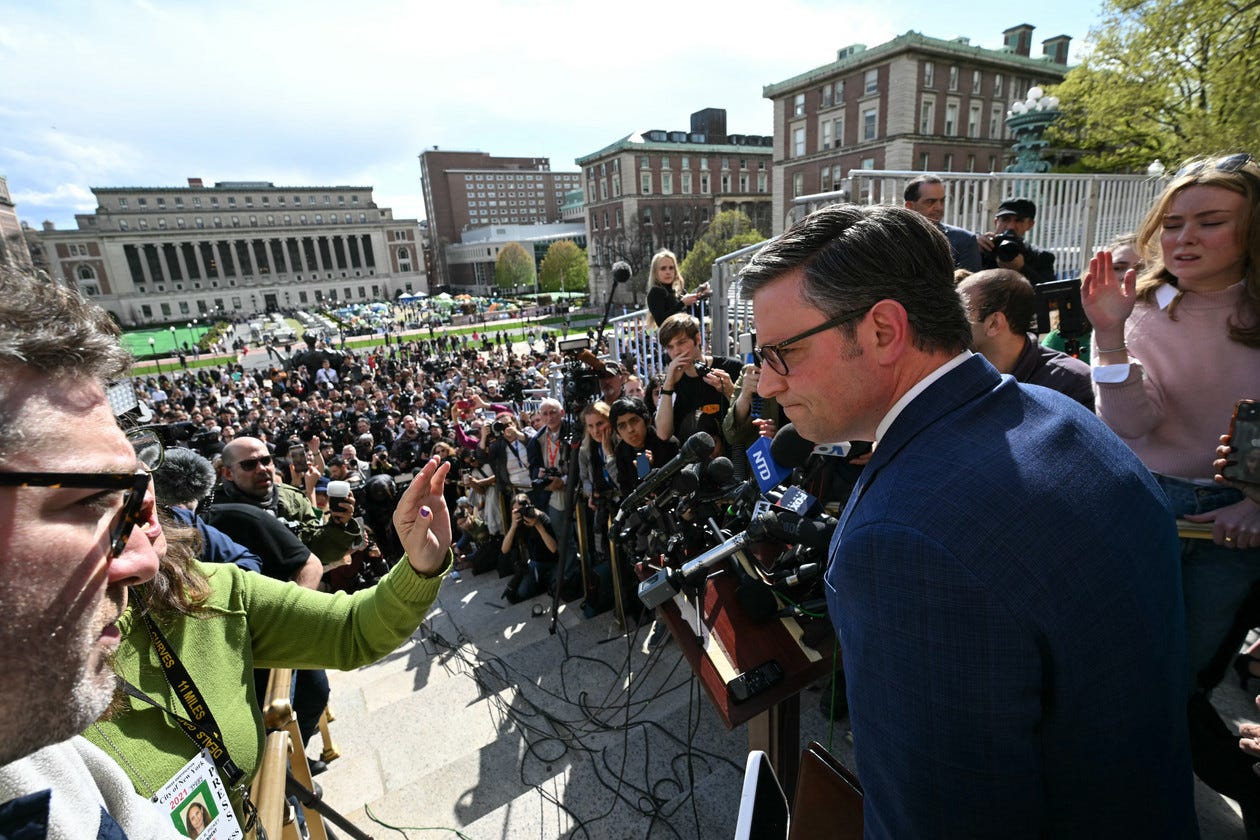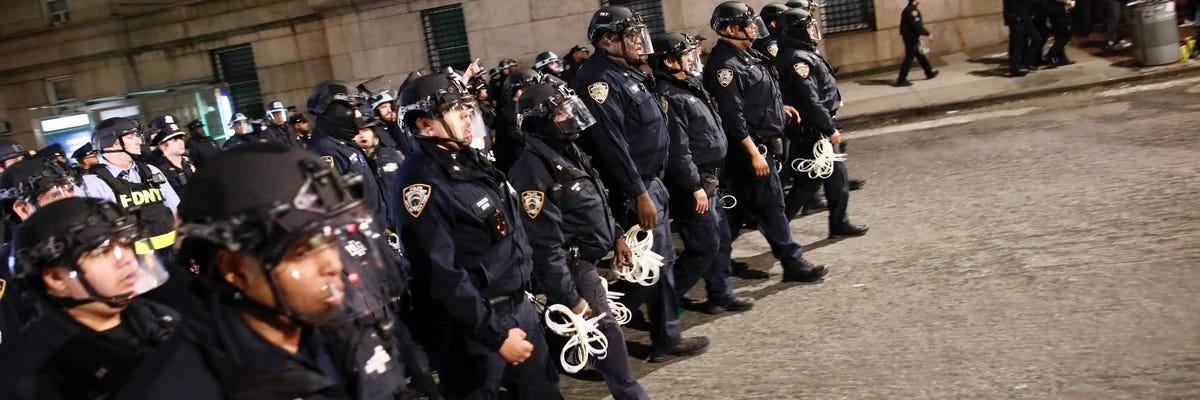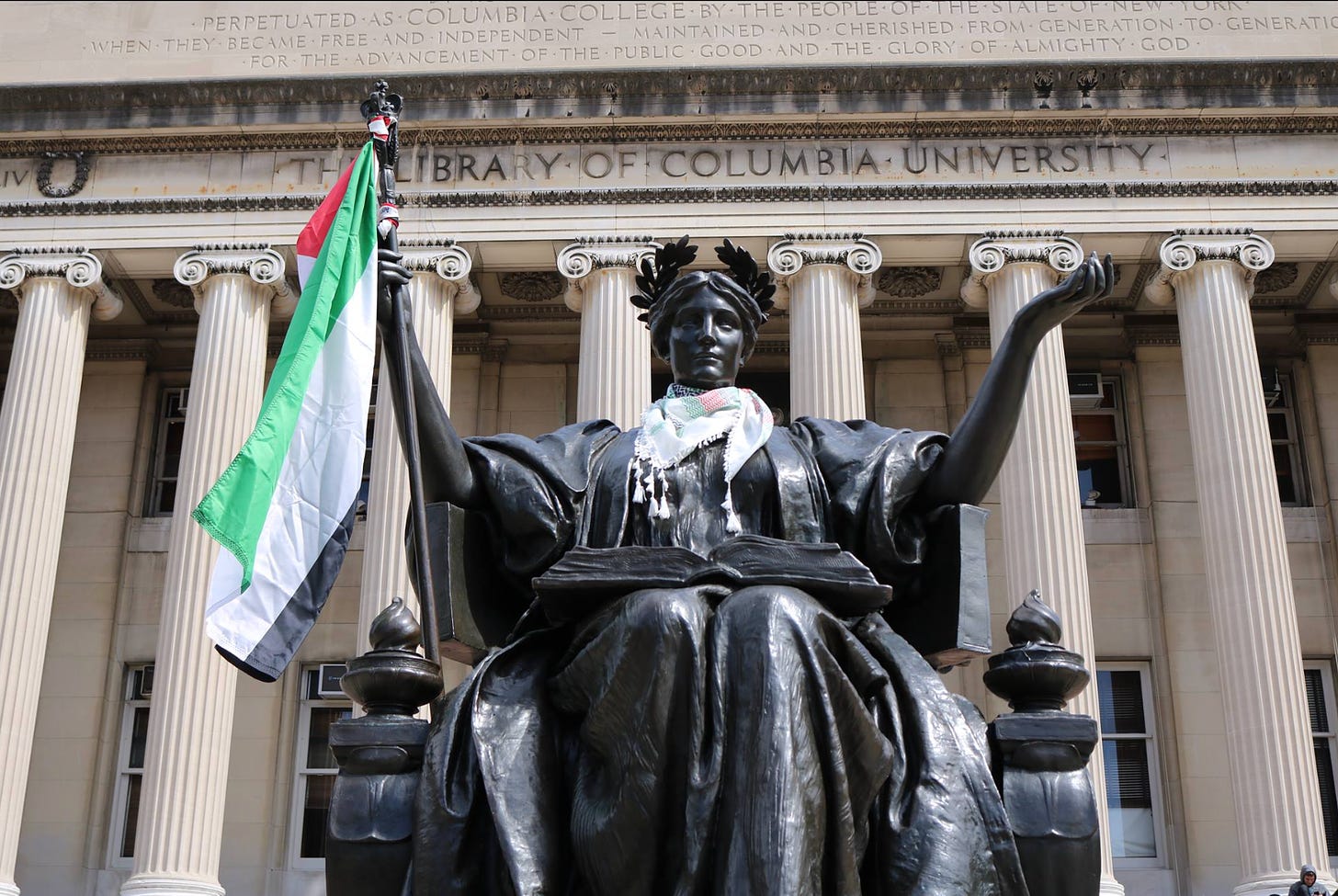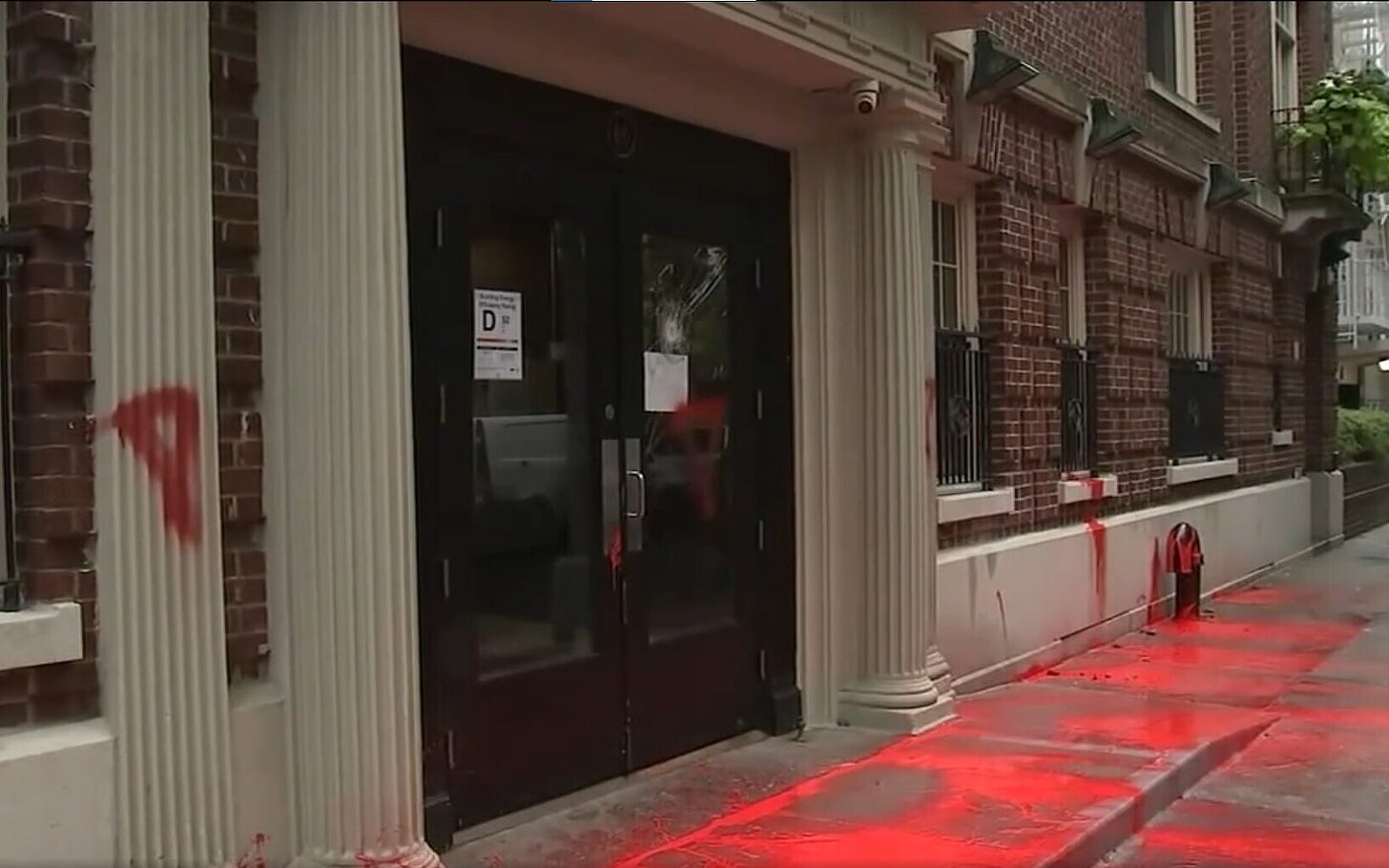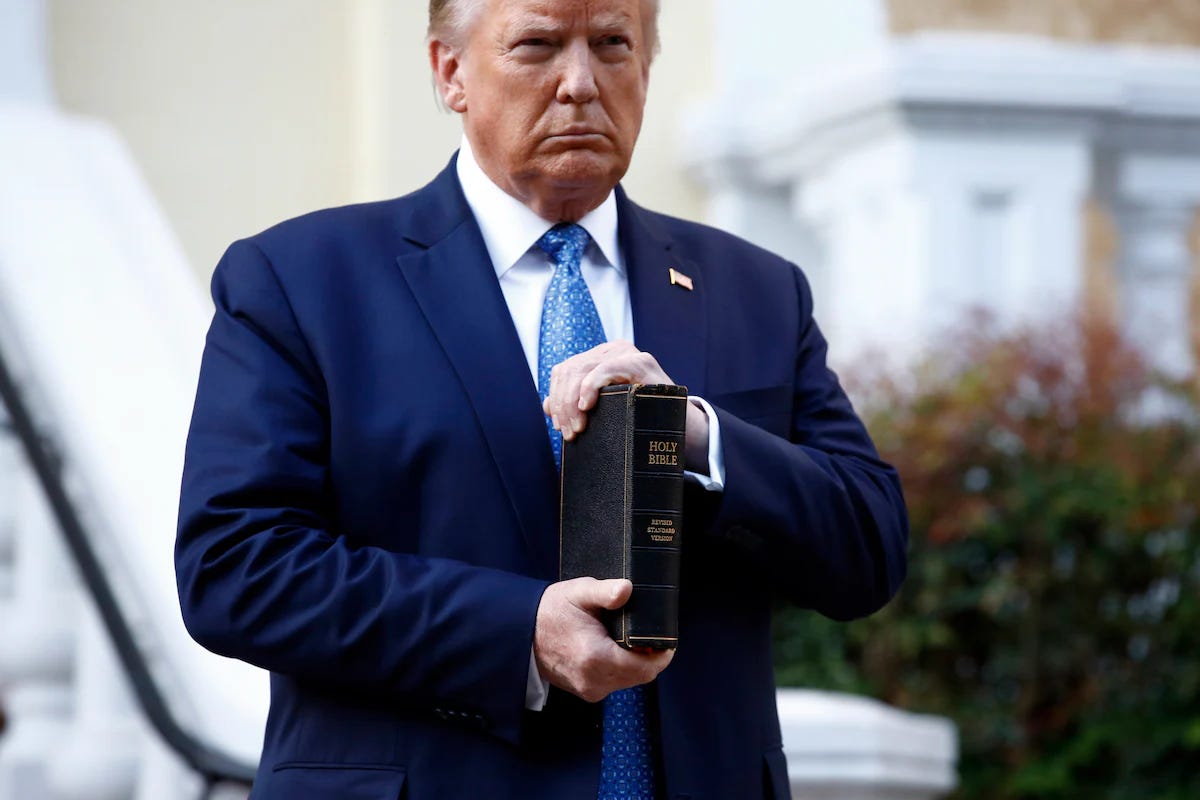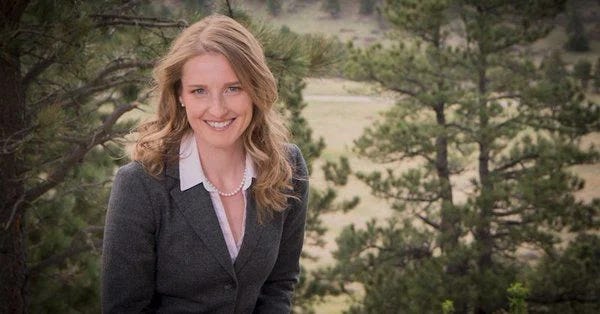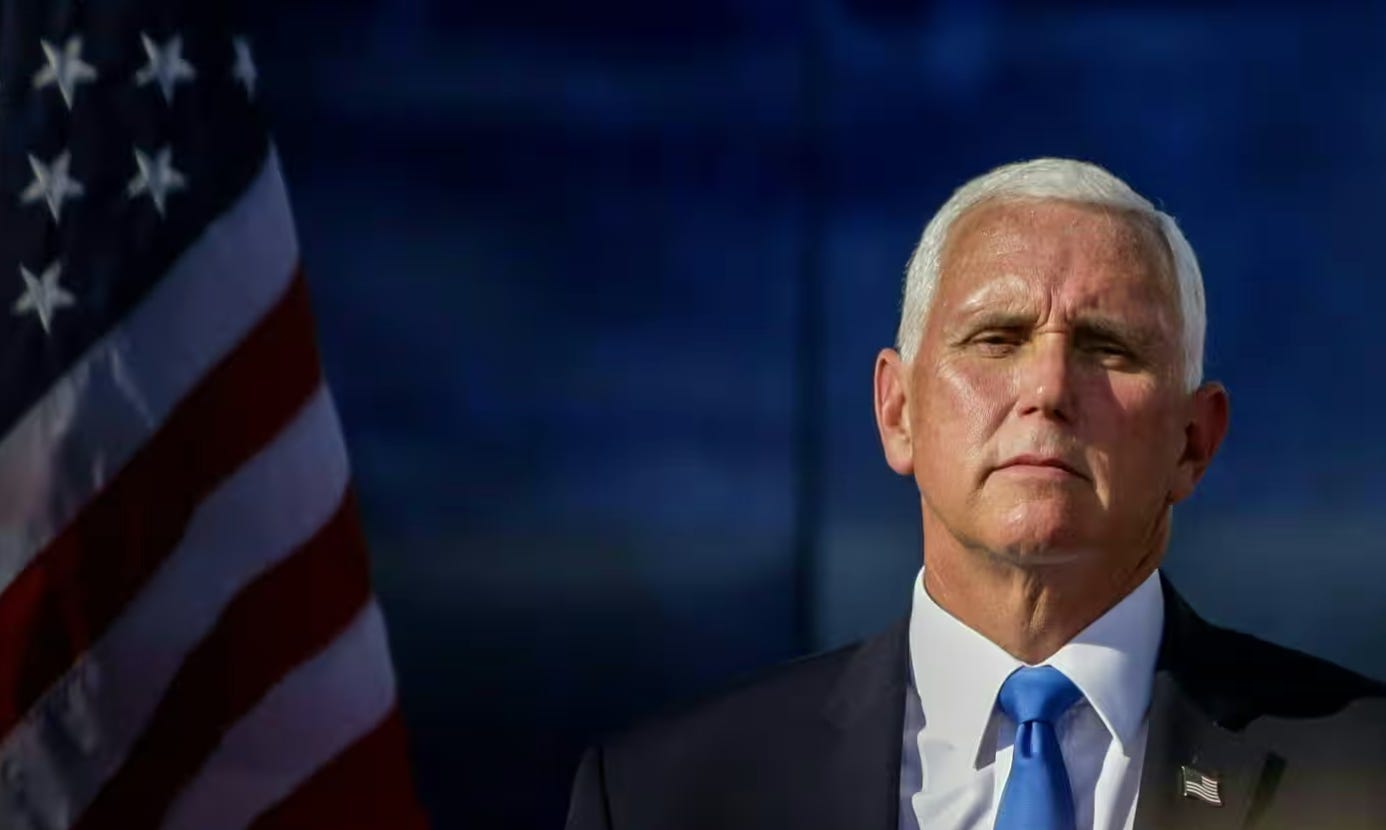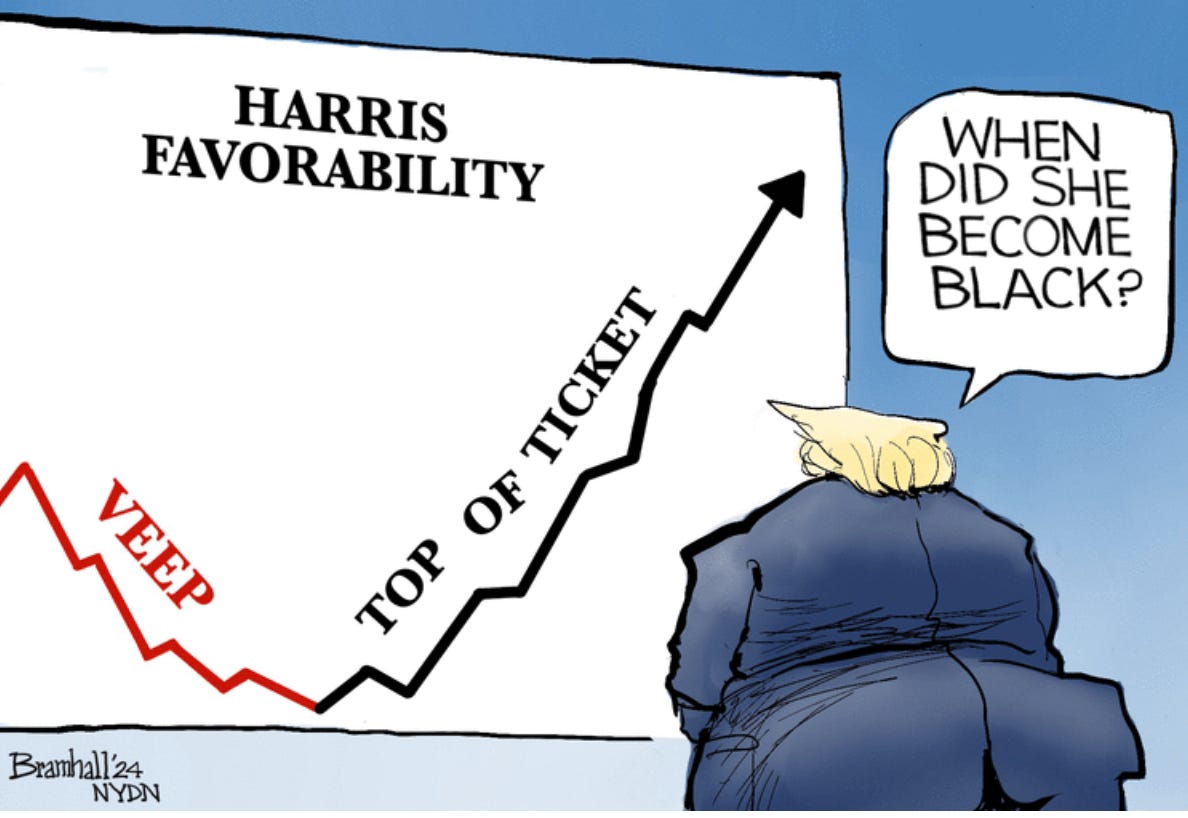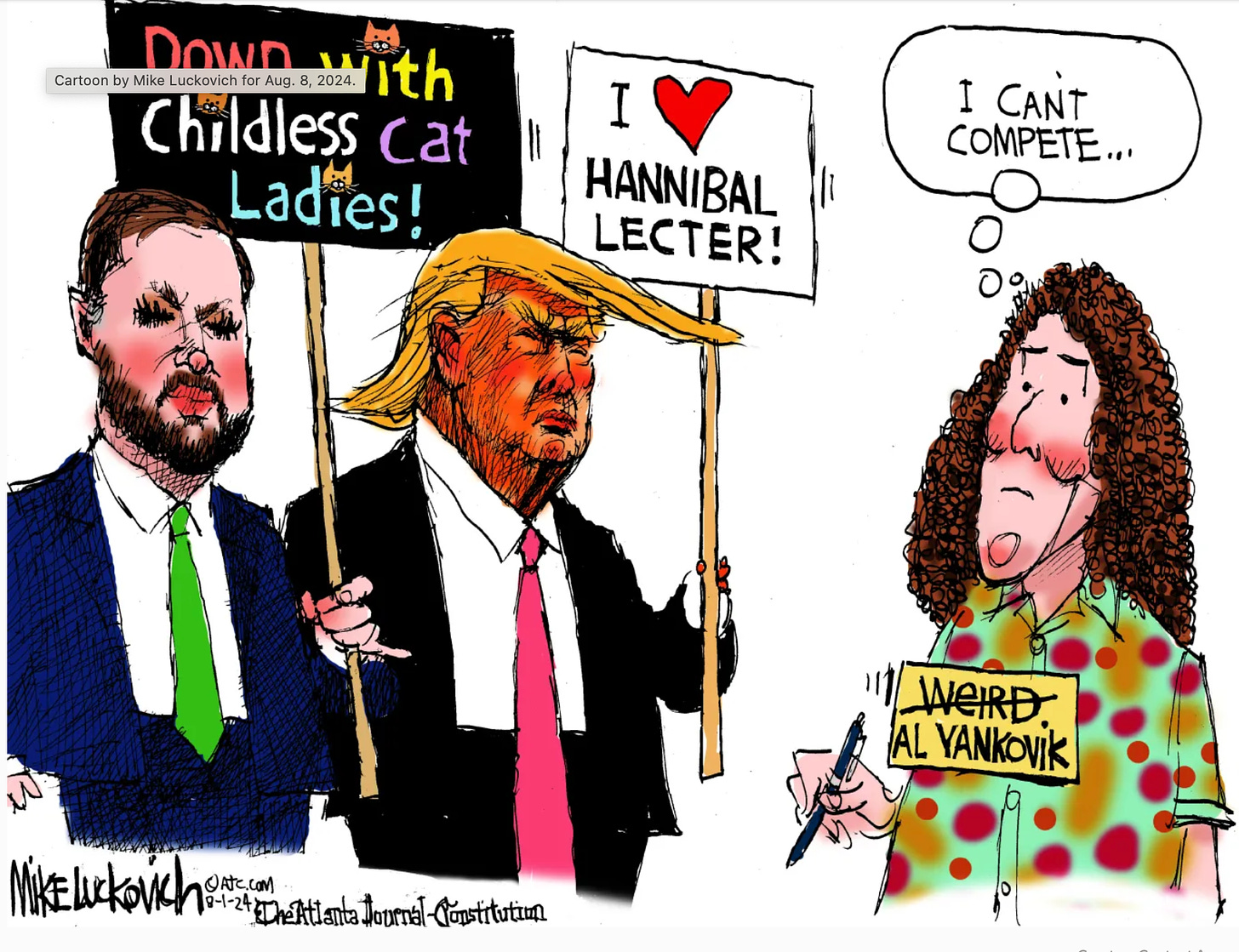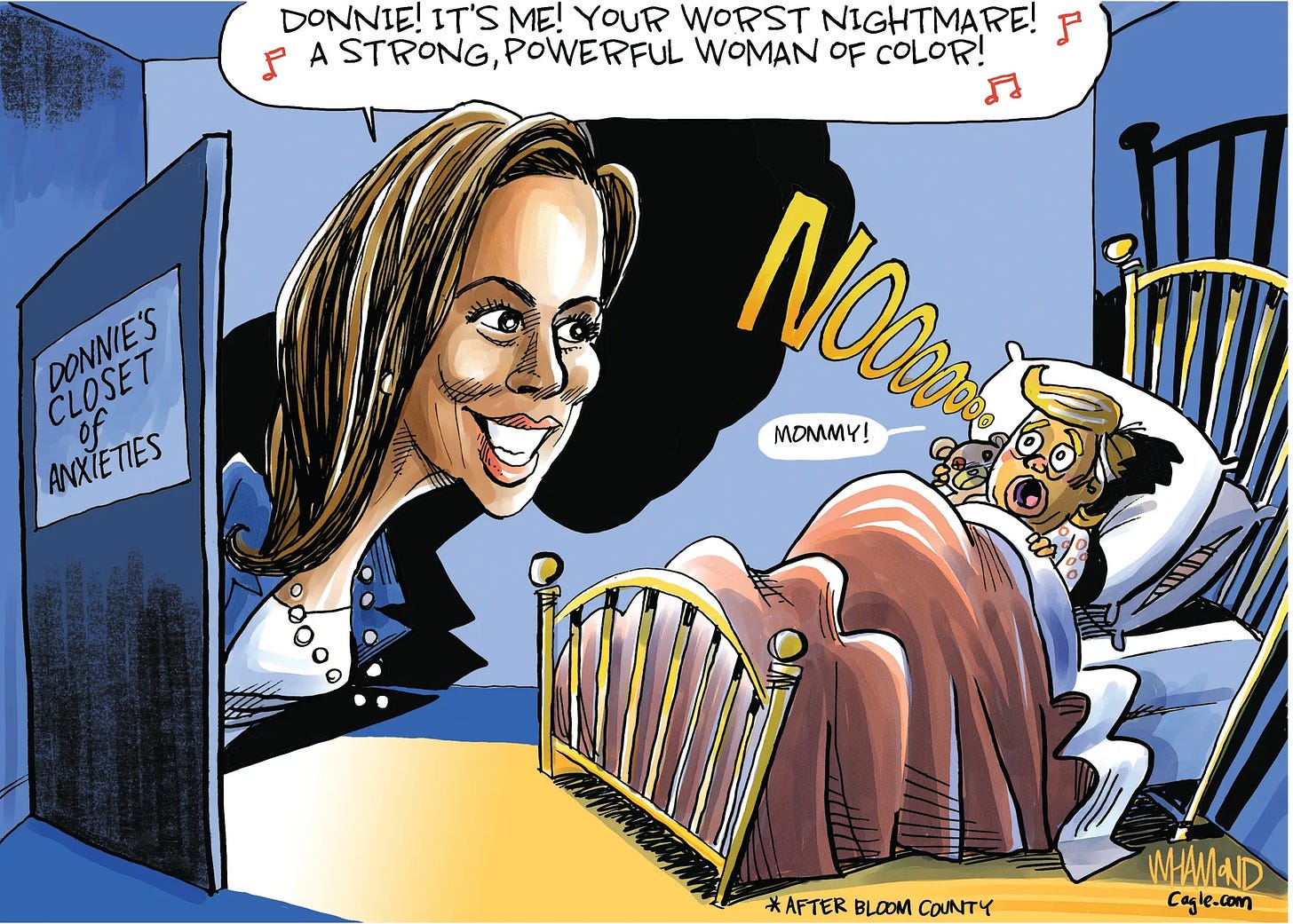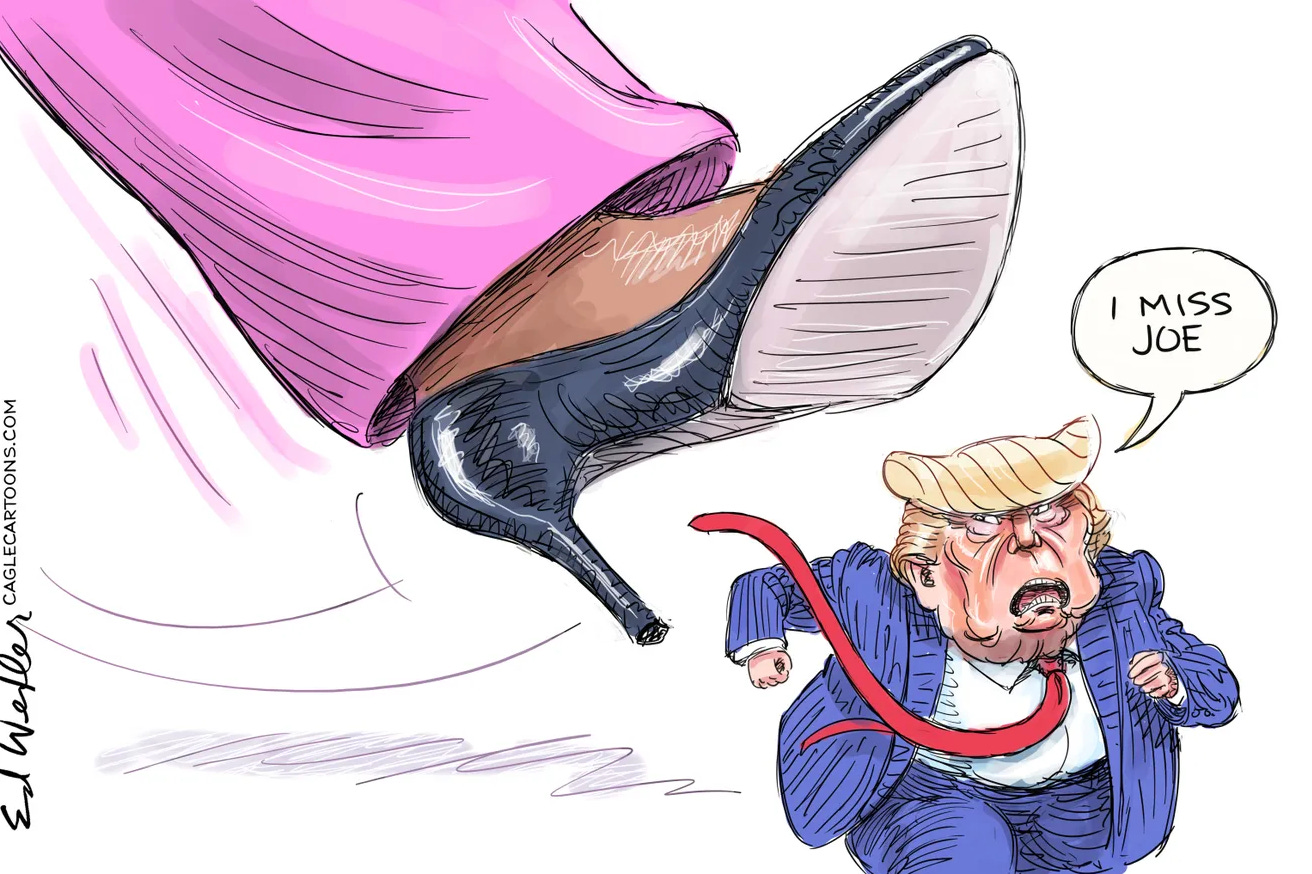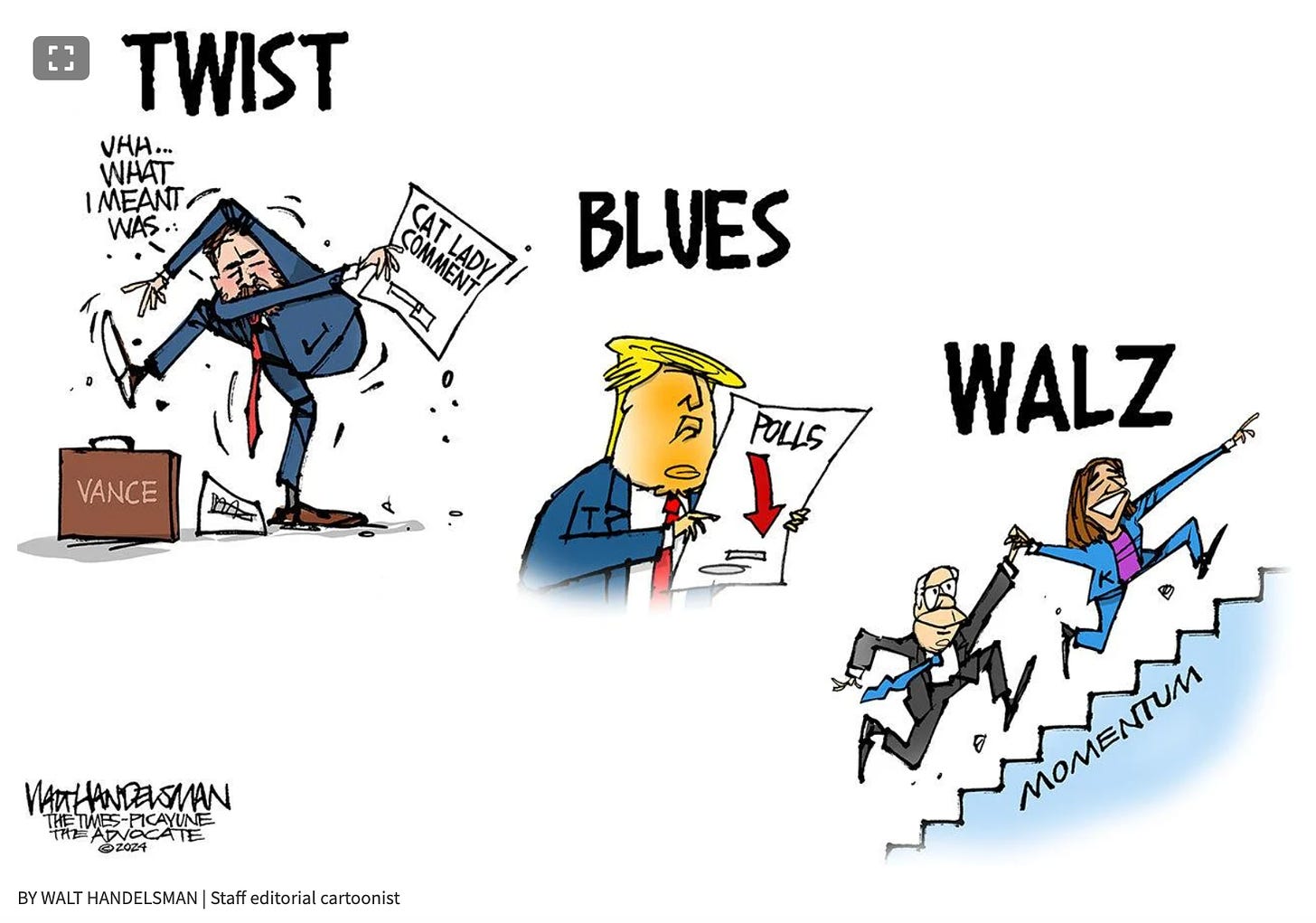A bit more about a sib’s concerns about Harris versus her guy

For various reasons, a sibling of mine has long been committed to Donald J. Trump. She points to several areas where she believes the Biden-Harris team has problems, some of which were discussed in a prior edition of The Big Picture. Take a look there, if you like, for a bit of context.
Today, though, let’s take up a few other problem spots my sister has mentioned: electric vehicles, tent cities and riots. All are well worth exploring.

ELECTRIC VEHICLES
Eager to reduce our dependence on climate change-inducing fossil fuels, the Biden Administration has argued that America should cruise into the future on EVs. It has provided an array of incentives, many of which come on top of similar efforts in some states, to make such vehicles affordable for more of us. A federal tax credit of $7,500 is available, based on the make of the vehicle and the income of the buyer. And states such as Colorado match that, so qualified buyers can drive off with quite a bargain.
Helped by such carrots, EV sales have soared since Biden took office. From 0.3 million in 2020, they jumped to 1.6 million last year. The growth continued in the first half of this year, first with a modest 2.6% rise in the first quarter, year over year, then with an 11.3% rise in the second quarter.
It’s rare nowadays to go for a drive and not see an EV. Tesla now has to compete with such new offerings as the BMW i5, Cadillac Lyriq, Honda Prologue, and Kia EV9 SUV, Cox Automotive reports. And the outlet says higher volumes of the Ford Mustang Mach-E and F-150 Lightning are helping Ford hold onto its No. 2 position, behind Tesla, in the EV market.
Publicly available chargers are also multiplying, aided by Biden funds. As of April, the U.S. had more than 168,300 such charging stations across the country, most notably in California with nearly 44,600 public and private outlets. The U.S. has a long road to travel to equal China’s charger network, which in 2022 was estimated to have at least 1.76 million stations. But the Biden Administration is moving on the issue and this year made more than $623 million in grants available for chargers under a $2.5 billion program in the Bipartisan Infrastructure Law.
In recent years, U.S. carmakers rushed to meet heightened EV demand, though some are now taking a breather, scaling back, delaying or tweaking plans. Ford is stepping up its hybrid production, for instance, to attract drivers not fully committed to electric, CNBC reported. GM is continuing to produce hybrids and gas-powered cars after it initially went all in on electrified vehicles.
The carmakers don’t expect demand for EVs to stop growing, only to grow more slowly. U.S. EV sales last year equaled about 7.6% of the overall national market, Cox Automotive estimated, according to CNBC. Analysts still expect that to rise to between 30% and 39% by the end of the decade.

The burning question my sib raised was whether the U.S. energy grid could handle the heightened demand. In this, she is echoing former Fox News fabulist Tucker Carlson, who in 2022 bemoaned “California’s already collapsing energy grid” in the wake of heat wave-induced blackouts that year. As Scientific American reported, however, utilities have been moving to strengthen the grid as a warming climate steps up demand for power for lots of reasons and they are planning for EVs.
In California—the national leader in EVs with more than 1 million plug-in vehicles—EV charging currently accounts for less than 1% of the grid’s total load during peak hours, the newsmagazine reported. In 2030, when the number of EVs in California is expected to surpass 5 million, charging should account for less than 5% of that load, a spokesperson for the California Energy Commission said.
The pull on the grid is expected to rise more from the nation’s move away from climate-damaging fossil fuels in coming decades. So, utilities are aiming to boost their capacity by adding clean energy sources, expanding battery storage and building transmission lines, the magazine reported.
“We’re talking about a pretty gradual transition over the course of the next few decades,” Scientific American quoted Ryan Gallentine, transportation policy director at Advanced Energy Economy, as saying. “It’s well within the utilities’ ability to add that kind of capacity.”
Harris has been a booster of the administration’s EV policy and that’s likely to continue.
For his part, Trump has long ridiculed EVs and promised to end federal supports for them. More recently, as he has gotten closer to Tesla founder Elon Musk, Trump has softened his tone – or just started talking out of both sides of his mouth. It’s an open question whether he’s just pandering to car-industry workers fearful of the change and to Musk at the same time.
“I’m constantly talking about electric vehicles, but I don’t mean I’m against them. I’m totally for them,” he told a crowd in Michigan, as The New York Times reported. Moments later he said, “I’ve driven them, and they are incredible, but they’re not for everybody.”

TENT CITIES
Homelessness is a national scourge, to be sure. Tent cities have spread across the country, as the numbers of people without homes have climbed in recent years. The total figures – including people who use shelters and those who don’t — were sliding gradually from 2007 until 2016, moving from about 647,000 to about 550,000. Then, after Trump was elected, the count rose anew to about 580,500 in 2020, and it has climbed since to about 653,100.
“The most significant causes are the shortage of affordable homes and the high cost of housing that have left many Americans living paycheck to paycheck and one crisis away from homelessness,” Jeff Olivet, head of the U.S. Interagency Council on Homelessness, told The Hill late last year.
Housing prices have soared across the country. In early 2017, at the beginning of the Trump Administration, the median price of a home in the U.S. topped $313,000 for the first time, rising to $338,600 by the end of his term in the final quarter of 2020, according to the St. Louis Fed. Since then, the median figure has climbed to a high of $442,600 in the last quarter of 2022 and, under pressure from high interest rates, it has since dipped slightly to $412,300.
Of course, prices are higher generally in urban areas. Making matters worse, rents have climbed, making that alternative too costly for a record half of those who rent, according to a new Harvard study. Since 2001, inflation-adjusted rents have gone up 10 times faster than renters’s incomes.

“Housing experts say the underlying problem for both buyers and renters is a massive housing shortage that has built up over decades and will take years to remedy,” NPR reported. “Single-family construction has been picking up, and some developers are building slightly smaller, lower-cost homes … But the Harvard report’s authors say this reprieve isn’t likely to last.”
“For one thing, high interest rates and other rising costs — land, labor, insurance — have again slowed down apartment construction,” NPR reported. “And because all those things are so expensive, most of what’s being built is at the higher end of the market. Over the past decade, the U.S. has lost more than 6 million units with rents under $1,000. For extremely low-income renters, the National Low Income Housing Coalition calculates that for every 100 households, there are only 34 places they can afford.”
Harris seems quite mindful of the issue. She is offering plans to incentivize builders to build starter homes. And, to help buyers she is floating the idea of providing $25,000 down payments for qualified buyers. The details are yet to come, but readers can some discussion of the ideas in a prior Big Picture installment.

RIOTS
This concern is, well, ironic. On Jan. 6, 2021, rioters took over the U.S. Capitol after Trump whipped them up, threatened to hang Trump’s sitting vice president, Mike Pence, and assaulted nearly 150 police officers, sending some to the hospital with severe injuries. Four people died. Nearly $3 million in damages were reported.
Trump today calls the rioters patriots and has promised to pardon those convicted of various crimes in connection with the Capitol insurrection.
But my sib isn’t referring to that riot, of course. Rather, she seems to be troubled about the street rage that reigned in 2020 — while Trump was still in office — in places such as Minneapolis. That was the scene of the brutal murder of a Black man, George Floyd, in May 2020. Four policemen were involved in Floyd’s killing.
“Some demonstrators vandalized police vehicles with graffiti and targeted the precinct house where the four officers had been assigned,” The New York Times reported. “Protests also occurred in the city in the subsequent days. Officers used tear gas and fired rubber bullets into crowds. Some businesses, including restaurants and an auto-parts store, were set on fire.”
Floyd’s murder and other incidents of police violence against Black people around the same time in places such as Louisville, Kentucky, and Brunswick, Georgia, spawned still more demonstrations. In all, protests erupted in at least 140 cities across the United States, and the National Guard was activated in at least 21 states in the period.
Three days after Floyd’s murder, then Minnesota Gov. Tim Walz – now the Democratic vice presidential nominee — activated the National Guard. The city sought his help after vandalism and fires broke out during demonstrations.
“Let’s be very clear,” Walz said. “The situation in Minneapolis, is no longer, in any way, about the murder of George Floyd. It is about attacking civil society, instilling fear and disrupting our great cities.”
Nonetheless, Walz was criticized by Republicans for waiting too long to act. As noted by FactCheck.org, there was some ambiguity in what city officials wanted at the time, so it’s not clear that Walz was at fault. Walz did apologize to a Hispanic CNN reporter who was arrested while covering the disturbances, saying he took responsibility for the arrest.
Now that Walz is a political opponent, however, Trump recently revived the criticism. This is a reversal from his stance in the spring of 2020, when he praised Walz for calling in the Guard. An audio recording obtained by ABC News documents Trump telling Walz in a June 1, 2020, call with governors that he was “very happy” with how Walz responded in the days after protests turned violent.
“You called up big numbers and the big numbers knocked them out so fast it was like bowling pins,” Trump said on the call, according to ABC News.
The big question now, of course, is: what would Harris do if confronted with national disorder because of police violence against Blacks? Well, she made her career in law enforcement, prosecuting criminals in San Francisco as district attorney and then statewide as California’s Attorney General. Liberals lambasted her as too tough on crime and as a supporter of policies that fostered mass incarceration.
To serve their ends, Trump and his allies are painting Harris as “dangerously liberal” and soft on crime. “She has plenty of evidence to point to that shows she was, at times, a tough-on-crime prosecutor,” Vox noted. “She also has plenty of evidence that shows she was, at other times, a reformer.”
In politics, as in war, truth can be one of the first casualties. As the Trump folks seek to define Harris and Walz to suit their cartoonish images, they don’t seem to have much regard for the facts.


